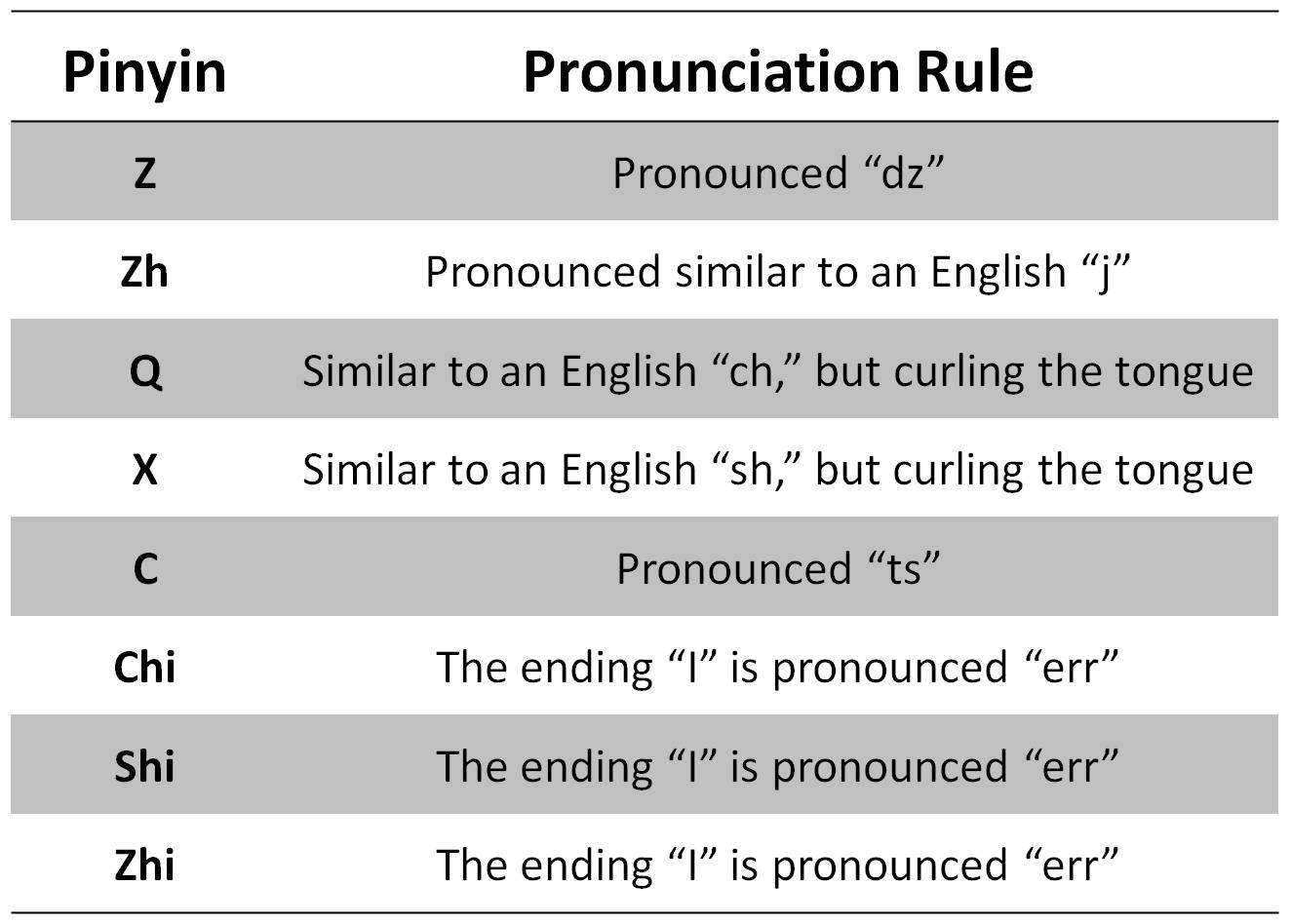Walking around Beijing, one doesn’t see much English. About
90% of the signs are in English. So, I was delighted when I saw that street
signs and subway signs have the Roman alphabet under the Chinese characters. I
now could identify where I lived and what subway station I needed to get off
at.
Well, my delight lasted until the first time I got into a
cab. I tried telling the cab driver the name of my street and he had no idea
what I was saying. Finally, I gave him my Chinese ID and he was able to read my
address. That’s when I had my first inkling that my pronunciation was even
worse than I thought.
Later, I was telling my co-worker the story to try and see
why the cab driver couldn’t understand me. I told my co-worker that I live on
Tiancun Road, near the Yuquanlu subway station. I pronounced the names, phonetically,
as tee-ahn-coon and you-kwan-loo. It
turns out that I was wrong: the names are tee-ahn-soon and you-chawn-loo. My co-worker told me that I wasn’t
pronouncing the Pinyin correctly.
After our conversation, I went to look up Pinyin. I’d heard
of it but, I didn’t really know what it was. Pinyin is the system of Romanizing
Chinese characters. It’s sorta phonetic but, not in the way that an English speaker
would assume. There are some sounds in Chinese that aren’t going to be
adequately expressed by anything A-Z so, different sounds are assigned to some
letters and letter combinations. This is one reason (of many) that my
pronunciation was so bad.
Pinyin is used for more than just signs. It is the way that
Chinese speakers type using a regular computer. To type in Chinese, you have to
have a program installed that recognizes Chinese, like on Microsoft Word. Then,
you type what you want in Pinyin and a list of characters appears that have
spellings matching what you typed in. Last, you pick the correct character and
move on to the next word.
In addition to being used for typing, Pinyin is used to
teach children to read Chinese characters. This is because Chinese characters
contain no clues about pronunciation. So, first, children learn to read Pinyin.
Then, they learn to read Chinese characters using flashcards with Chinese
characters and Pinyin underneath.
Overall, Pinyin is pretty useful. I just wish it made more
sense to me.

An Example of Pronunciation Differences between Pinyin and English
__________
Trying to type Beijing in Chinese characters in MS Word.
__________
Pinyin Pronunciation Guide Source: http://chinaculturecorner.com/2013/09/22/pronouncing-chinese-pinyin/


It makes reading very easy if you learn it. Like the alphabet of sorts. I never learned , but wish I had paid more attention in school.
ReplyDelete